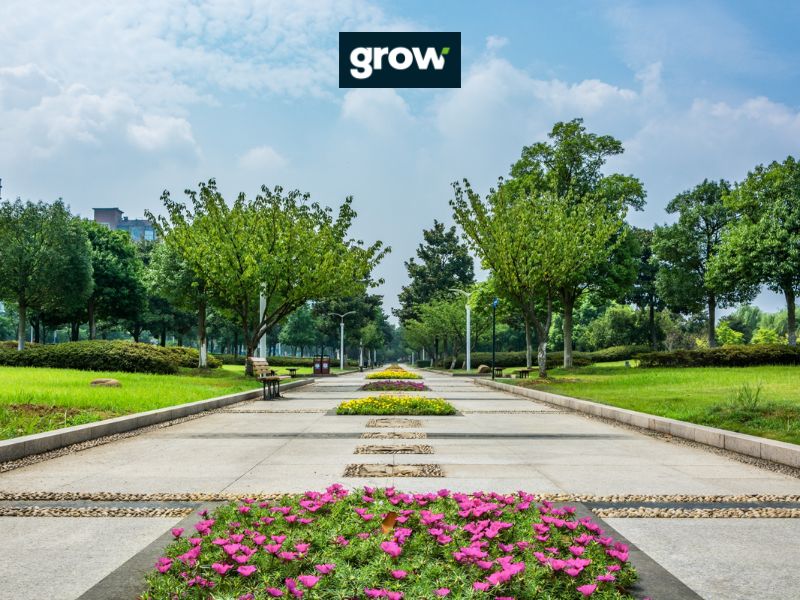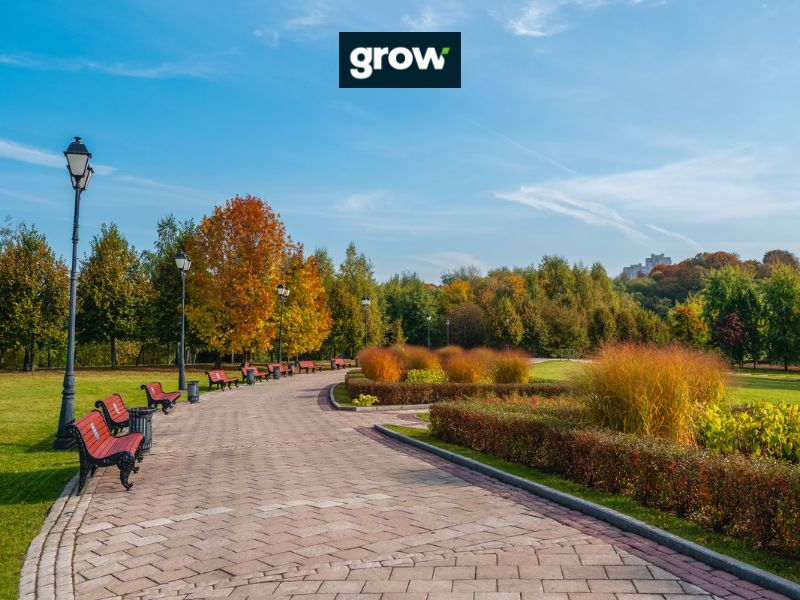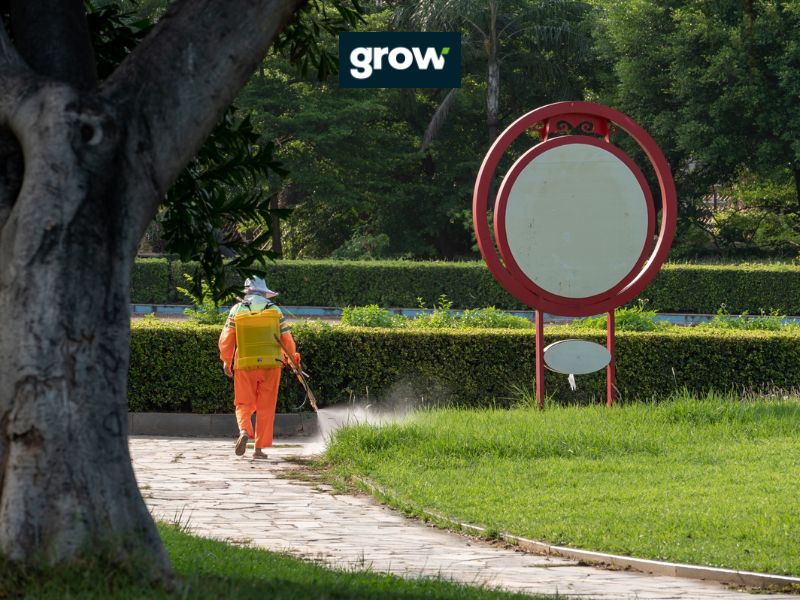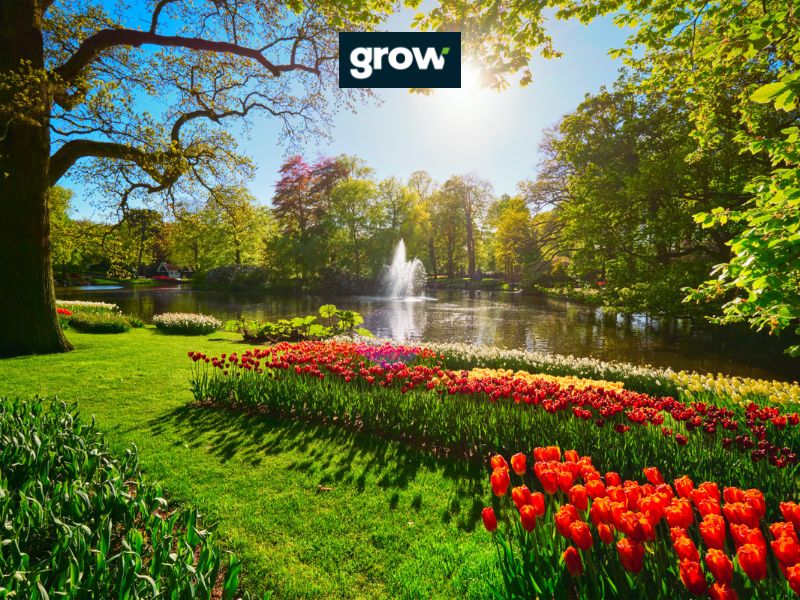Creating and maintaining a beautiful outdoor landscape isn’t just about adding curb appeal; it’s about crafting a personal sanctuary where you can unwind, connect with nature, and enjoy the outdoors. Whether it’s a space for family gatherings, a quiet retreat, or a vibrant habitat for local wildlife, your yard should reflect your lifestyle and preferences. However, achieving the outdoor oasis you envision takes time, effort, and a well-thought-out maintenance plan. Here’s how to bridge the gap between your current landscape and the one you dream of.
Understanding Your Landscape: Define Your Vision
The first step in maintaining your outdoor landscaping is to understand what “beauty” means to you. This can vary significantly from person to person. What delights one homeowner might be unappealing to another. As you begin your landscaping journey, ask yourself:
- How do you want to use your outdoor space? Are you looking for a tranquil spot to relax, a vibrant area for entertaining, or a safe place for children and pets to play?
- What stops you from enjoying your yard as it is now? Is it maintenance, lack of design, or simply not knowing how to start?
- How much time are you willing to dedicate to yard work? Understanding your commitment level will help tailor your landscaping efforts to your lifestyle.

By reflecting on these questions, you can create a clearer picture of your ideal landscape, laying the groundwork for a targeted maintenance plan.
Assessing Your Current Landscape Condition
Now that you have a vision, it’s time to evaluate your yard’s current state. A thorough assessment will help identify areas for improvement and guide your maintenance strategy. Here are three essential components to consider:

1. Structure
Think of your landscape as a collection of interconnected “rooms.” Just like your home, each area should flow into the next, with careful consideration of the plants and features in each section. Look at how the hardscapes (like patios, paths, and retaining walls) and softscapes (like plants and grass) interact. Are there barriers that disrupt the flow? Do certain areas feel cramped or uninviting?
2. Health
A beautiful yard isn’t always a healthy one. Take a closer look at your plants and soil. Are your plants thriving or struggling? Check for signs of disease or pests, and assess the health of your soil. Healthy soil is the foundation for a vibrant landscape, so consider conducting soil tests to determine nutrient levels and pH balance.
3. Sensory Engagement
How does your landscape engage your senses? A successful yard should appeal to sight, sound, smell, touch, and even taste. Consider incorporating fragrant flowers, textured foliage, and sounds of rustling leaves or water features. Engaging all your senses can enhance your overall experience in your outdoor space.
Crafting a Customized Landscape Maintenance Plan
Once you’ve assessed your yard’s current condition, it’s time to develop a tailored maintenance plan. Remember, every yard is unique, and your approach should reflect its specific needs. Here are key components to include in your maintenance strategy:

Regular Cleanups
Establish a schedule for seasonal cleanups in spring and fall. This includes removing debris, trimming back overgrown plants, and preparing your garden for changing weather conditions. Cleanups help maintain a tidy appearance and prevent pests from settling in.
Weeding and Pruning
Regular weeding is essential for maintaining plant health and aesthetics. Set aside time to pull weeds before they take over your garden beds. Additionally, pruning your plants at the right times encourages healthy growth and improves their shape. Research the best practices for each plant species in your garden.
Water Management
Water is a vital resource for any landscape, and managing it effectively is crucial. Monitor your watering schedule to ensure plants receive adequate moisture without overwatering. Consider implementing a drip irrigation system or rain barrels to conserve water and promote sustainability.
Soil Health Testing
Conduct soil tests at least once a year to assess its health. Look for nutrient deficiencies or imbalances that may affect plant growth. Based on the results, you may need to amend your soil with organic matter, compost, or fertilizers to support healthy plant life.
Plant Condition Monitoring
Regularly scout your plants for signs of disease or pests. Early detection is key to preventing problems from escalating. If you notice any issues, research treatment options or consult a professional for assistance.
Plant Placement Adjustments
Sometimes, plants outgrow their space or don’t thrive in their current location. Don’t hesitate to move plants to more suitable areas or remove those that aren’t performing well. Adding new plants or changing their arrangement can bring fresh life to your landscape.
Mulching
Apply mulch to your garden beds to suppress weeds, retain moisture, and regulate soil temperature. Organic mulch also adds nutrients as it breaks down, improving overall soil health. Aim to replenish your mulch layer annually.
Mowing and Lawn Care
For lawns, regular mowing is essential. Keep your mower blades sharp and adjust the cutting height according to the grass type. Aim for a height that promotes healthy root growth while preventing weeds.
The Benefits of Partnering with Landscape Professionals
While you may choose to handle maintenance on your own, consider the benefits of partnering with a landscape professional. They bring expertise, experience, and knowledge of local plants and conditions. A collaborative approach allows you to express your vision while leveraging their skills to achieve the best results.

When working with a landscape company, look for one that values communication and collaboration. A good landscape professional will listen to your needs and tailor their services to fit your unique landscape goals.
Taking Your Time: The Journey to a Beautiful Landscape
As you embark on your landscape maintenance journey, remember that change takes time. It’s important not to rush the process. Focus on making gradual improvements that align with your vision and budget. Enjoy the journey of transforming your outdoor space into a place you love.
A well-maintained landscape reflects your personality and enhances your daily life. Whether you seek a peaceful retreat or a vibrant gathering space for friends and family, your yard can be a source of joy and fulfillment.

If you need assistance with any aspect of your landscape maintenance plan, don’t hesitate to reach out to local professionals. They can provide valuable insights and help you bring your vision to life, ensuring that your outdoor space becomes the beautiful sanctuary you’ve always dreamed of.
Final Words
Maintaining outdoor landscaping is more than just a chore; it’s an opportunity to create a personal retreat that enriches your life and connects you with nature. By defining your vision, assessing your landscape, and implementing a tailored maintenance plan, you can transform your outdoor space into a vibrant and inviting environment. Remember to take your time, enjoy the process, and make your yard a reflection of who you are. Happy landscaping!


